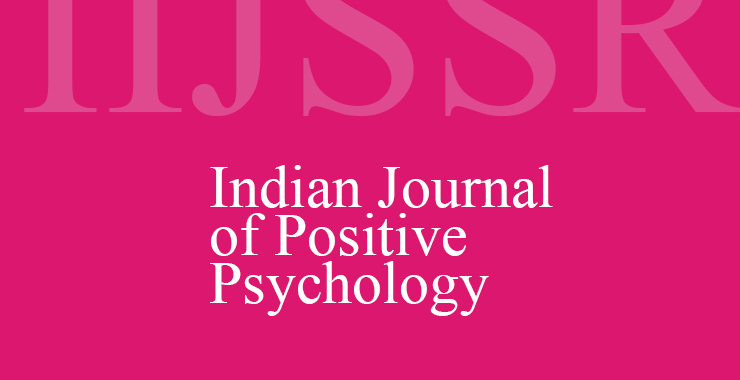Socio-economic Dynamics of Women Entrepreneurs in Punjab: A Comprehensive Profiling
Original price was: ₹ 201.00.₹ 200.00Current price is: ₹ 200.00.
Page: 140-146
Palak Talwar and Gagandeep Banga (School of Business Studies, Punjab Agricultural University, Ludhiana, Punjab)
Description
Page: 140-146
Palak Talwar and Gagandeep Banga (School of Business Studies, Punjab Agricultural University, Ludhiana, Punjab)
This study delves into the socio-economic profiles of rural and urban women entrepreneurs in Punjab, aiming to achieve a nuanced understanding of their demographic traits, educational backgrounds, family structures, and economic characteristics. The research employed a diverse set of sampling units, focusing on women entrepreneurs to achieve the study’s objectives. Age distribution analysis reveals a varied demographic landscape, with the majority of women entrepreneurs falling within the 31-50 age range. Significantly, a noteworthy proportion initiates entrepreneurship between the ages of 20-30, reflecting the emergence of young women venturing into business. Educationally, post-graduates and graduates constitute the largest groups, with a distinctive urban bias towards higher qualifications, underscoring the impact of educational attainment on urban entrepreneurship. Marital status trends indicate a prevalent pattern of entrepreneurs being married, highlighting the balance women entrepreneurs strike between familial responsibilities and business endeavors. Family structures and sizes exhibit variations between rural and urban areas, showcasing the diverse socio-economic landscape that shapes entrepreneurial pursuits. The study delves into family occupation patterns, emphasizing the significance of agriculture in rural settings and the dominance of business and service occupations in urban areas. This distinction sheds light on the contextual factors influencing entrepreneurial choices and opportunities. Income distribution analysis reveals that a substantial number of entrepreneurs fall within the above 6 lac income range, showcasing a relatively balanced distribution across rural and urban regions. Previous employment experience is a prevalent factor, particularly in urban areas, suggesting a potential correlation between prior work experience and entrepreneurship. Notably, most entrepreneurs with previous experience have worked for less than 3 years, indicating a trend towards early-stage entrepreneurship and a potential link between professional background and entrepreneurial pursuits. In conclusion, the socio-economic profile presented in this study illuminates the nuanced dynamics of women entrepreneurship in Punjab. The insights gained into age trends, educational backgrounds, family structures, and economic characteristics are crucial for crafting targeted policies and support systems. Understanding these patterns enables the formulation of interventions that cater to the unique needs of women entrepreneurs in both rural and urban contexts, fostering sustainable growth and development in the region. This research contributes to the ongoing discourse on women’s entrepreneurship by providing a comprehensive socio-economic perspective that can inform stakeholders and policymakers alike.

